Hey everyone, so I think anyone who’s ever tried playing the violin realizes what a hard instrument it is and how frustrating and discouraging it can be to learn, especially as a beginner.
Since there’s already so much info out there explaining why the violin is so hard, I wanted to cover some of the best advice I can give beginners to help make the violin easier to play, which should hopefully lead to better practice sessions and most importantly, more fun when playing, so let’s jump right into it.
Now before I start if you prefer watching instead of reading just checkout the video below where I cover this same topic. For all you readers, just keep on scrolling to get to the first tip 🙂
1. Have Your Violin Set Up Properly
If your violin isn’t set up properly, it’ll actually be harder and less enjoyable to play.
There’s a lot that goes into properly setting up a violin.
Important parts of the violin like the bridge, sound post, tailpiece, pegs, fingerboard and so on are areas that you’re generally not going to want to try and adjust yourself.
In order to get a proper setup on your violin you need to purchase it from a credible place that sets up their instruments properly or you need to take it to a violin shop and have a professional do that for you.
A properly set up violin will sound better, stay in tune better, you shouldn’t hear any annoying buzzing sounds, it should be more comfortable to play, and all of this should lead to an easier time playing.
I purchased the violin I used in my Song of Storms music video in a KFC parking lot for $50 from someone on craigslist. I actually wish I would’ve kept it because it was a perfect example of how poorly made and set up a really cheap instrument is, and how nearly impossible it is to play something like that.
The pegs were misaligned, the bridge was so high you could have stuck your fingers under the strings, there was just a lot wrong with it. I bought it purely as a prop for that video because I knew we were going to soak it in water and it worked great as a prop, but that was it.
This is why whenever someone asks me what they should pay for their first violin I recommend spending at least a few hundred dollars because most of the cheapest options out there aren’t going to be set up properly and they’re going to be so much harder to play.
The good thing here is that this is something that’s pretty straightforward to fix that doesn’t even require extra practice time. And I actually have some more advice for how to purchase beginner violin equipment, which I’ll talk about more later in this post.
2. Make Sure You’re Holding the Violin and Bow Properly
This can be easy to overlook for beginners, but playing the violin is so much harder if you don’t hold the instrument properly and if you have poor posture while playing.
You’ll struggle to produce a nice sound or play in tune, and to execute techniques like vibrato, shifting and string crossing.
Really anything on the violin becomes more difficult if you don’t have everything properly aligned. Whether you’re sitting or standing you want to maintain a neutral spine and avoid slumping or hunching over.
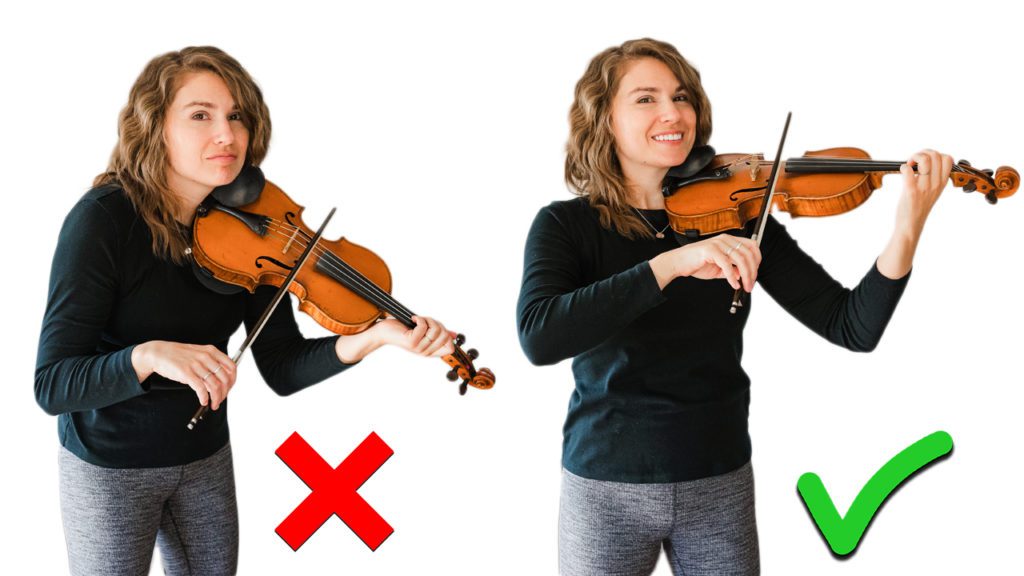

In general you want to keep the violin more parallel to the floor, meaning you don’t want the scroll of the violin pointing too far down or too high up.
Now there’s a ton to know about holding the violin and bow that I’m not going to get into here, but just know that this is something you’ll have to spend a lot of time on because it really doesn’t feel natural at all especially when you’re just starting out.
If you have access to a teacher, this is something they’ll constantly be addressing during your lessons. I can still hear my teacher saying “hold the violin up Taylor” because I used to slouch a lot, so just know this is something most people have to practice.
Having a teacher is extremely helpful here because it’s a set of experienced eyes that can help correct poor posture and technique.
If you don’t have a teacher, I recommend filming yourself once in a while so you can take a look at your posture.
It’s really hard to notice potential issues while you’re actually practicing, so that’s why filming and checking it out later can really help, and then you know what to address and look out for next time you practice.
3. Find the Most Comfortable Way to Play
So even when you feel like you’re playing the violin with proper posture and technique, it can still feel pretty uncomfortable to play, and that never makes anything easier.
The good thing is there are plenty of things you can do to try and make playing the violin more comfortable, which should in turn also make playing the violin easier
Chin rests and shoulder rests can have a huge impact on your comfort while playing, so choosing the right combination for yourself can really go a long way.
Now there’s not some magical combination or anything that’s actually going to make the violin easier to play for everyone because everyone’s body is different.
What’s best for you is going to be different than what’s best for someone else, so it’s worth spending some time here trying different equipment out.
I’ve bought so many different chin rests and shoulder rests over the years, and while I haven’t found something that’s been perfect for me, there are certain rests that I generally use. When I try new ones out, there are always some that I immediately know are a bad fit.
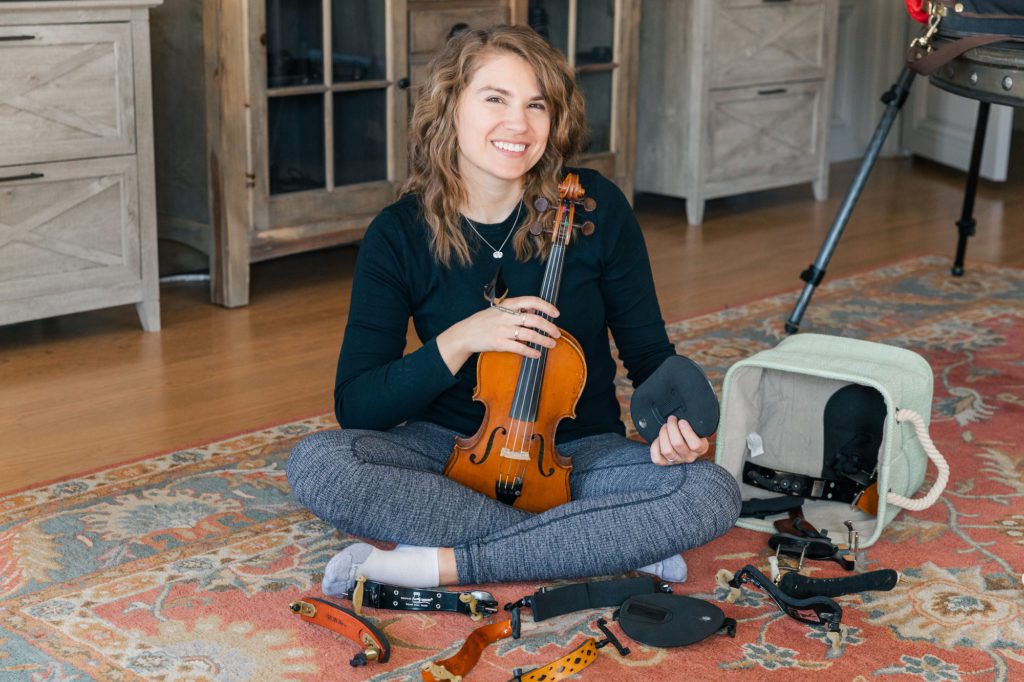

And you certainly don’t have to buy all these rests like I have to experiment for yourself.
A lot of violin shops will have tons of options available for you to try out at their store, some even let you take equipment home for a trial period to make sure you like it before you buy it.
If you don’t have access to a shop you can always find a store online that accepts returns if you end up not liking something.
4. Relax While Playing
There are so many different ways you can tense up while playing the violin.
- The way we hold the violin between our collar bone and chin can lead to a tense neck and shoulders.
- Our left hand and forearm have to rotate in a really unnatural way.
- And the way we press our fingers into the string can lead to what my teachers used to call a “baseball bat grip”.
Any sort of tension whether it’s in your hands, arms, neck, shoulders, wherever, is going to make playing the violin so much harder.
It’ll feel like you’re constantly working against yourself, and in a worst case scenario it could lead to injury.
The best way to avoid all this tension and to make playing feel a lot easier is to just relax as much as possible, but believe me I know it’s easier said than done.
I’ve been playing the violin for over 25 years and this is something that I’ve probably had the toughest time with and something that’s caused injury in the past.
At this point I’ve kind of trained myself to check for tension during my practice sessions. Whenever I feel like I’m struggling more than usual with a really difficult passage I can usually trace a lot of that extra difficulty back to tension.
So in those moments what I do is consciously try to relax my muscles as best I can, breath out a little bit, and then approach the passage again feeling that looseness and letting go of the tension.
This is really hard to do, because it’s so easy to tense up when playing the violin.
It takes a lot of conscious effort to try and fix this, but the more you work on it and the more you can relax while playing, it just makes everything feel a little bit easier and you’ll be avoiding injury which is super important.
And sometimes the best thing you can do is just take a break from playing, maybe do some stretching or other activity for a few minutes, and then get back to it while trying to maintain that feeling of looseness in your muscles.
5. Learn Some Basic Practical Music Theory
I know this is a tip that so many people probably don’t want to hear but I’m not talking about learning deep, analytical, academic style music theory here, because I actually can’t stand that kind of music theory.
I’m talking about the really basic practical stuff like:
- How to read notes
- Rhythm
- Key signatures
- Time signatures, etc.
Understanding all of this practical stuff will help you make progress so much faster than if you completely ignore it.
I seriously can’t tell you how much I disliked learning academic style music theory in college. All the deep chord analysis, counterpoint and all that kind of stuff, I just couldn’t see a practical use for that. And I honestly wanted to like it but I would always find myself doodling on my papers in class because I just couldn’t get into it.
But practical music theory can be really fun to learn and as the name implies, it’s actually practical and something you can use right away with your instrument.
Honestly it’s such a worthwhile investment of your time if you plan to play any instrument, but especially with the violin. There are just so many things that you have to remember to do to produce a decent sound like:
- Staying relaxed
- Properly holding the violin and bow
- The pressure and speed of your bow
- Bowing straight
- Placing your finger on the right note
It’s really easy to become overwhelmed if you’re also struggling to interpret everything on the page in front of you.
I’m assuming that anyone wanting to learn the violin probably has some goals and pieces they aspire to play someday.
There’s so much great repertoire available for the violin that can help you make progress more efficiently, but you’ll need to be able to read sheet music if you’re serious about playing those types of pieces.
And of course this is going to take time, but when you get to the point where you’re not struggling to understand sheet music, it allows you to focus so much better on what you’re doing with your instrument. You’ll be able to be more expressive and create an even better sound.
It can also help you understand some of the more creative aspects of music a lot better which I think is really fun.
One More Thing…
If you want my personal 7 best practice tips to help you stay motivated and make faster progress with your practice sessions then click here.
Talk to you again soon!
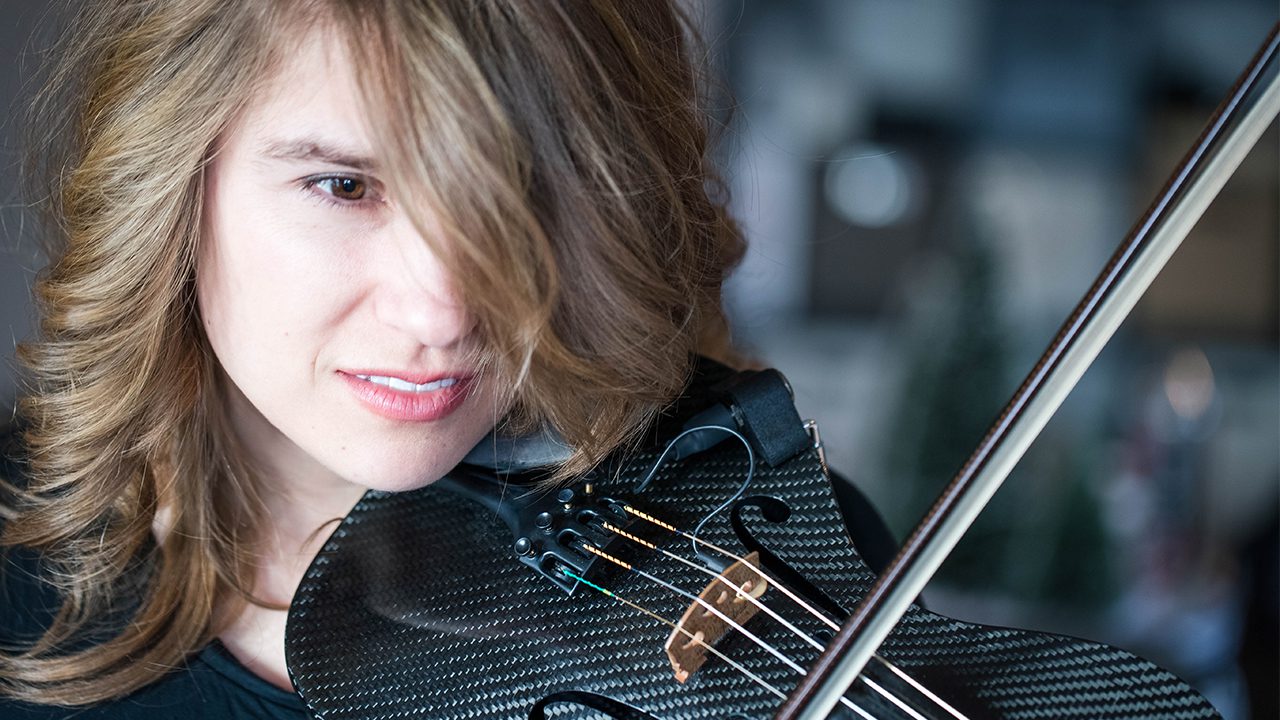

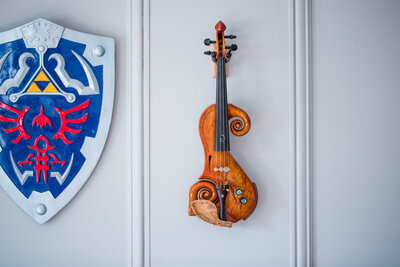
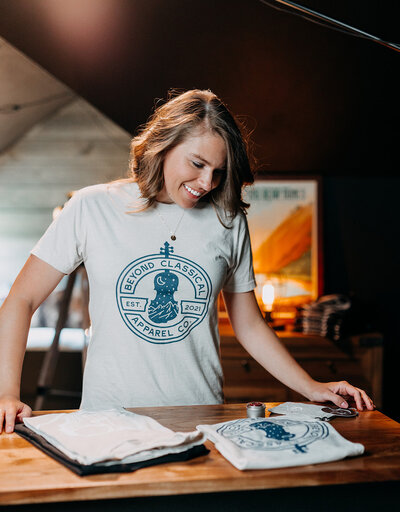
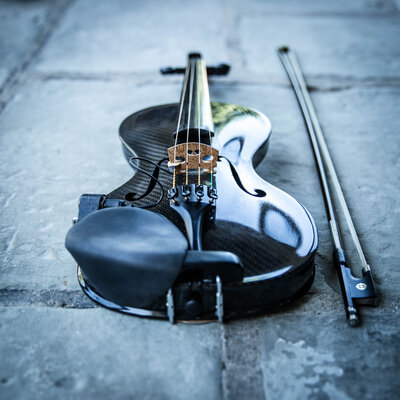

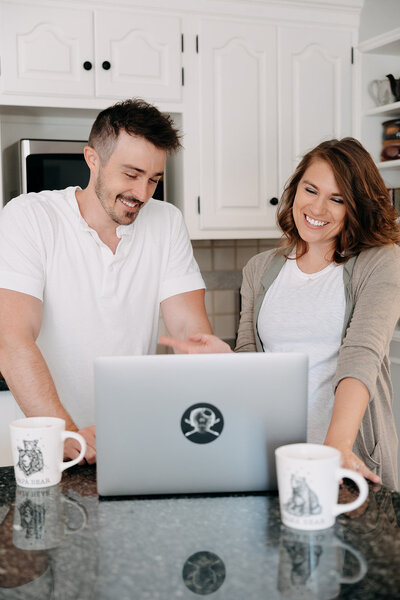
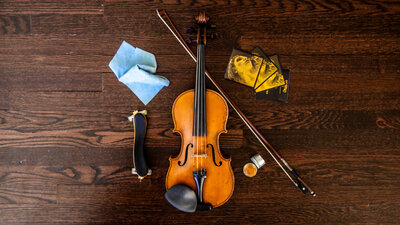
+ show Comments
- Hide Comments
add a comment